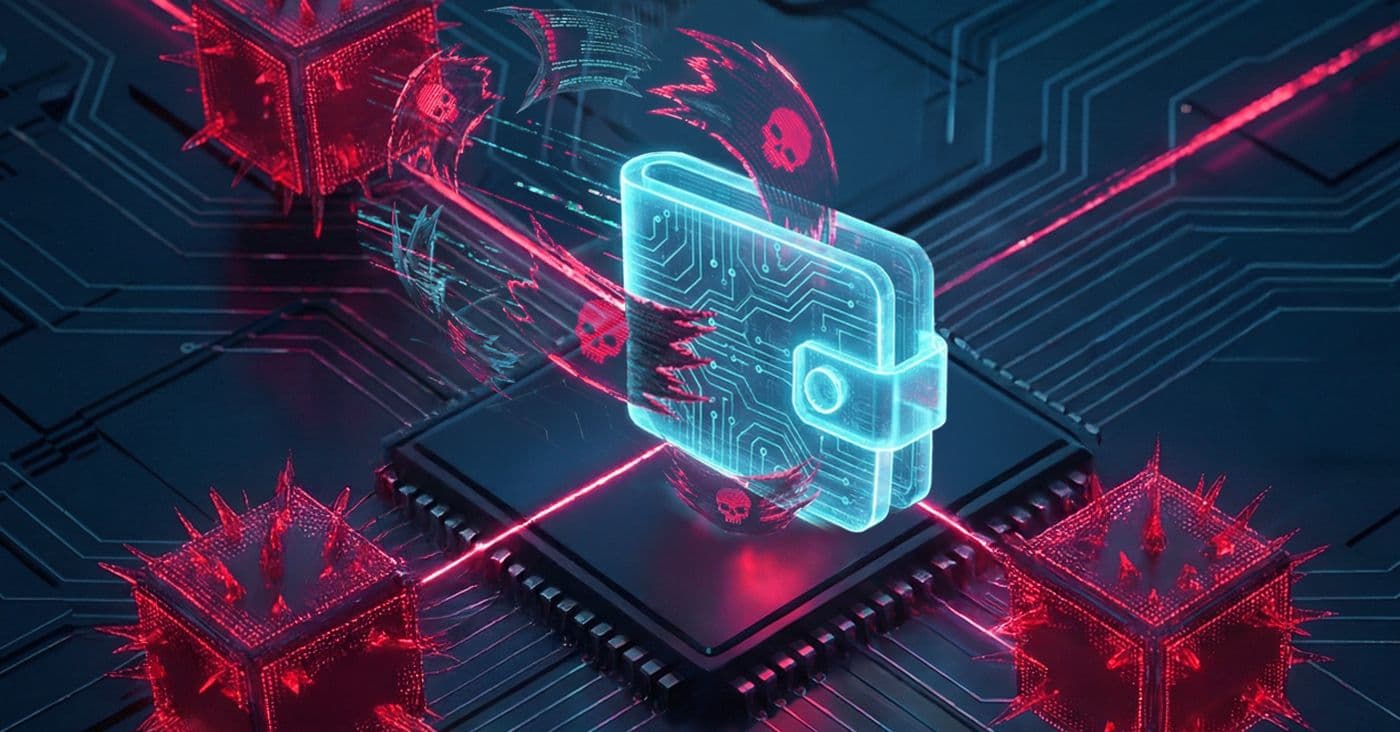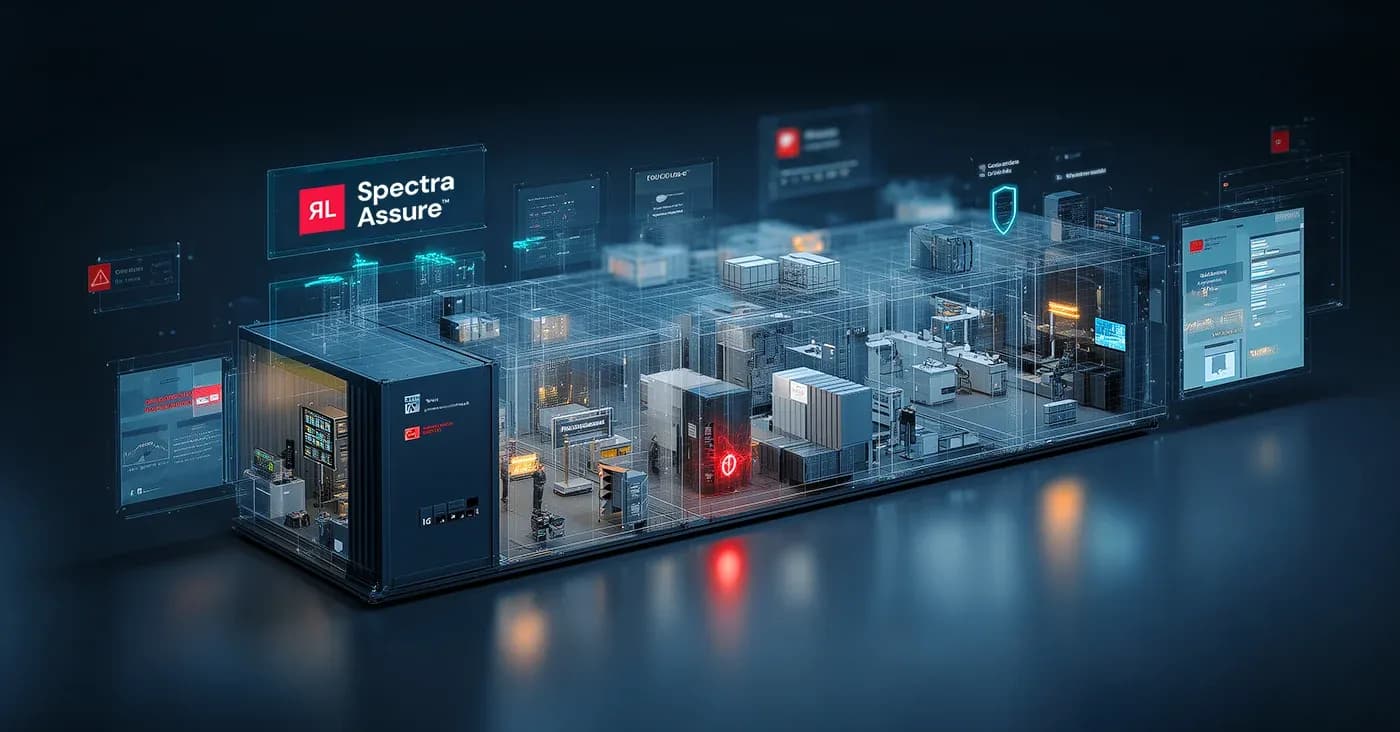
NuGet malware targets Nethereum tools
Highlighting an alarming trend, RL has discovered malicious packages targeting crypto wallets and OAuth tokens to steal funds.
Trojan — Name derived from the ancient Greek tale of a wooden horse left as a gift for the Trojans but holding a force of Greek warriors inside, refers to malicious software disguised as a legitimate program. Unlike viruses and worms, Trojans do not self-replicate but trick users into downloading them. Once inside a system, Trojans can open a backdoor for cybercriminals, facilitating unauthorized access, data theft, and other malicious activities.
Trojan horses are a threat to data, systems, privacy, and the integrity of networks.
Data: When a Trojan infiltrates a system, it can exploit vulnerabilities to compromise sensitive and confidential data. The result can be both financial loss and reputational damage. Financial losses can arise from lost revenue during downtime, legal liabilities, regulatory fines, and the cost of remediation efforts. Simultaneously, the erosion of trust that follows such breaches can inflict profound reputational harm on businesses, eroding customer loyalty and potentially driving clients away.
Systems: Trojans can undermine system security, posing a direct threat to business operations. A Trojan that has infiltrated a system is a ticking time bomb, waiting for an opportune moment to execute its payload. These payloads often include actions that cripple systems, disrupt operations, and lead to significant downtime. The consequences of such disruptions can reverberate throughout an organization, affecting productivity, profitability, and the ability to deliver products or services to customers.
Privacy: Trojans can covertly spy on users, gathering sensitive information through various tactics. These privacy breaches can expose personal details, confidential communications, and other intimate data to malicious actors. The violation of privacy is not only distressing personally; it can lead to identity theft, financial exploitation, and other cybercrimes as well.
Networks: Trojans are not solitary agents; they often serve as tools that enable cybercriminals to manipulate compromised systems. Once a Trojan establishes its presence within a network, attackers gain puppeteer-like control that lets them orchestrate coordinated attacks and leverage the compromised infrastructure to launch larger-scale cyber offensives. The potential fallout includes widespread data breaches, distributed denial-of-service (DDoS) attacks, and further malware propagation.
There is not just one type of Trojan horse. Remote-access Trojans (RATs), banking Trojans, DDoS Trojans, ransomware Trojans, spyware Trojans, and downloader Trojans are among the most prominent examples.
RATs: Provide unauthorized remote access to cybercriminals
Banking Trojans: Target online banking credentials and financial transactions
DDoS Trojans: Flood websites with traffic to render them inaccessible
Ransomware Trojans: Encrypt files and demand a ransom for their release
Spyware Trojans: Monitor user activities and steal sensitive information
Downloader Trojans: Download additional malicious software onto infected systems
Being aware of the threat of Trojans is beneficial for mitigating risk, complying with regulatory regimes, maintaining customer trust, and ensuring operational continuity.
Risk mitigation: With awareness, Trojan attacks can be identified and thwarted before they cause significant damage.
Compliance: Staying informed assists in adhering to cybersecurity regulations and standards.
Customer trust: Robust cybersecurity practices enhance customer confidence in data protection.
Operational continuity: Awareness of Trojan attacks helps avoid disruptions that could halt business operations.
Organizations can take several steps to mitigate and even avoid Trojan attacks, including using advanced threat detection, conducting regular security audits, training users on what to look for, and segmenting networks.
Advanced threat detection: Cutting-edge technology can be your first defense against Trojan infiltrations. Implementing AI-powered tools equips your cybersecurity arsenal with the capability to identify and flag suspicious activities in real time. These advanced tools employ machine-learning algorithms that continually evolve to recognize patterns indicative of Trojan behaviors. By swiftly detecting anomalies and unauthorized activities, AI empowers your organization to thwart potential attacks before they escalate into full-scale breaches.
Regular security audits: Taking a proactive approach to security includes performing regular and thorough security audits. Audits serve as comprehensive health checks for your digital ecosystem to identify vulnerabilities and potential weak points that Trojans could exploit. By frequently evaluating your systems, applications, and infrastructure, you can swiftly remediate vulnerabilities before they become opportunities for malicious actors to breach your defenses.
User training: Trojan attacks often rely on exploiting human vulnerabilities through social engineering tactics. Educating your employees about these tactics is pivotal. By raising awareness about the telltale signs of phishing emails, deceptive links, and suspicious downloads, you empower your workforce to exercise caution and skepticism. Regular training sessions can give your employees the knowledge and tools needed to discern legitimate requests from Trojan-laden traps, minimizing the likelihood of successful attacks.
Network segmentation: By dividing your network into isolated segments, you create virtual barriers that hinder the lateral movement of Trojans within your infrastructure. This means that even if a Trojan manages to breach one segment, its ability to propagate across the network is restricted. By isolating critical systems from less sensitive ones, you minimize the potential impact of a successful Trojan infiltration, limiting the attacker's reach and preserving essential functionalities.
Malicious actors deploy Trojan horses for doing corporate espionage, attacking critical infrastructure, and stealing data.
Corporate espionage: Competitors may use Trojans to gain access to sensitive business information.
Critical infrastructure attacks: Trojans can target energy, water, and transportation systems. [Learn more]
Data theft: Trojans can compromise customer data, leading to severe financial repercussions.
Understanding Trojans and their diverse forms is pivotal to safeguarding digital assets. By remaining vigilant and informed, businesses can stay one step ahead of cyber adversaries, ensuring data security, operational continuity, and customer trust.
For further insights into Trojans and their implications, explore the following articles:

Highlighting an alarming trend, RL has discovered malicious packages targeting crypto wallets and OAuth tokens to steal funds.

What does the future of AI security look like? The latest National Defense Authorization Act gives us a glimpse.

Here’s how to create a compensating control in Crowdstrike to mitigate specific risks in a commercial software package.